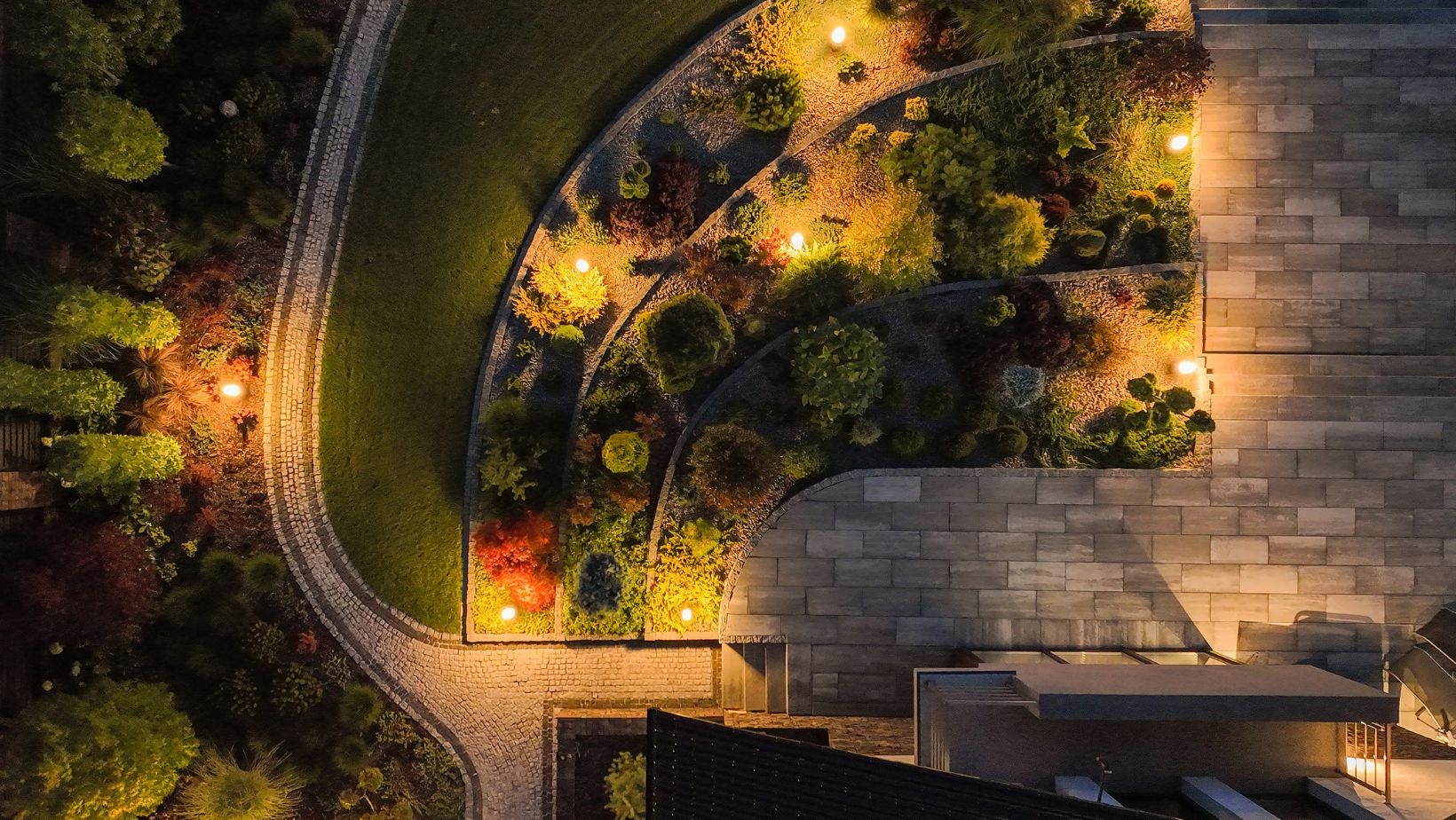As technology continues to advance, its impact is felt in nearly every industry—including landscape design. Artificial Intelligence (AI) is revolutionizing the way we approach outdoor spaces, enabling homeowners and designers to create functional, aesthetically pleasing environments with greater ease and precision. From initial concept development to final design adjustments, AI is quickly becoming an invaluable tool in landscape architecture. Keep reading to learn more!
For those in the Atlanta area, professional services like Michaelangelo’s Landscape Maintenance can ensure that these innovative designs are kept in pristine condition, combining cutting-edge technology with expert care to create outdoor spaces that thrive year-round.
How AI Transforms the Design Process
AI has fundamentally changed how landscape designers work, making the process more efficient and personalized. Using algorithms and machine learning, AI can analyze terrain, climate, and plant growth patterns to recommend the best design solutions for a specific area.

If you’re planning a change you can take advantage of landscape design Albany, NY services that take into account the region’s unique climate, soil types, and seasonal changes to suggest plants and materials that will thrive in the area. AI technology also allows designers to create 3D models and virtual simulations of outdoor spaces, enabling clients to visualize their gardens or yards before any work begins. With these visual aids, clients can explore different design options, experiment with various layouts, and make informed decisions to ensure that the final result meets their expectations.
AI’s Role in Sustainability and Functionality
One of the biggest advantages of AI in landscape design is its ability to promote sustainability. AI can help designers choose eco-friendly materials, recommend drought-resistant plants, and suggest energy-efficient irrigation systems. By considering environmental factors and optimizing resources, AI contributes to more sustainable outdoor spaces that are easier to maintain and have less of an impact on the planet.
AI enhances the functionality of outdoor areas as well. It can design spaces that serve multiple purposes — think of combining relaxation areas with play zones or integrating vegetable gardens with decorative plants. AI helps strike the right balance between beauty and practicality so that outdoor spaces are both visually appealing and functional for everyday use.
Customization and Personalization Through AI
AI-powered landscape design allows for an unprecedented level of customization. By analyzing a homeowner’s preferences, lifestyle, and outdoor space, AI can generate personalized design recommendations that cater to individual needs. Whether you want a low-maintenance garden, a modern outdoor living space, or a nature-inspired retreat, AI can suggest features that align with your vision.

Remember that you should always allow for real-time adjustments. As clients interact with the design software, they can easily modify features such as plant selection, pathways, and lighting. AI responds to these changes quickly, updating the design to reflect the new preferences and ensuring that the final layout is perfectly tailored to the client’s desires.
The Future of AI in Landscape Design
AI in landscape design is still evolving, but the future looks promising. As technology continues to improve, we can expect even more sophisticated tools that provide enhanced precision, sustainability, and customization. AI will likely integrate with other emerging technologies, such as smart home systems, to create outdoor spaces that are not only beautiful and functional but also connected and automated.
Incorporating AI into landscape design allows homeowners and professionals alike to create outdoor spaces that are tailored to specific needs while embracing sustainability and innovation. As this technology continues to develop, it will undoubtedly play a larger role in shaping the future of landscape architecture.


More Stories
5 Ways to Avoid Common Outdoor Event Planning Mistakes
Why You Should Invest In Professional Scaffolding Services?
Maximizing Space and Functionality: The Ultimate Guide to Garage Building